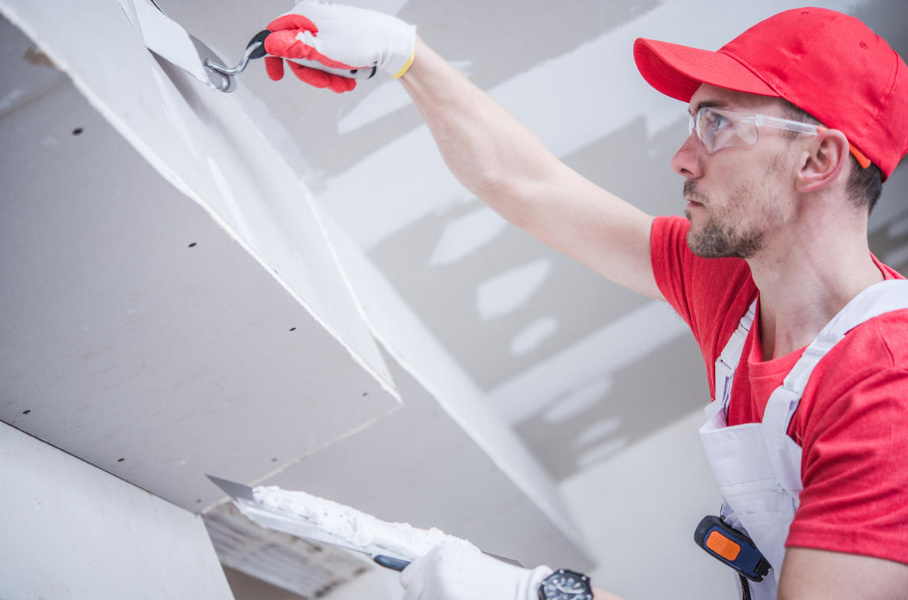
When leveling surfaces and eliminating chips and cracks, you can not do without this material. However, not everyone knows what kind of putty should be used in each individual case.
Going to the store or to the construction market for it, you probably already know what you want to apply it to. And also – where and in what conditions you will have to work: inside or outside the room, at normal or high humidity, high or low air temperature. Your choice will depend on these factors, because each situation has its own type of putty.
When reading the manufacturer’s instructions, pay attention to some very important technical characteristics. One of them is the viability of the solution. This term is understood as the time during which it remains in working condition. This period begins with mixing the mixture and ends at the moment when it loses its properties and it is no longer possible to use it.
Types of putties for their intended purpose
Depending on the scope of application, putties are divided into starting, finishing, specialized and universal.
Starting putties
Designed for rough finishing. They are put in the first layer, significant defects are leveled with their help, so these solutions are applied with a fairly large thickness — from 0.5 to 2.5 mm. Before starting work, pay attention to whether the surface needs to be pre-primed. If it is porous, then it should definitely be treated with a primer. This will increase the adhesion of the solution to the substrate.

The plasticity of the putty composition is of great importance during primary leveling, since lack of plasticity can lead to shrinkage and cracking of the primary layer during drying.
Finishing putties
They are applied at the final stage, they mask only the least noticeable damage. Such mixtures are designed for thin-layer application, they do not require subsequent grinding. The surface treated with finishing putty is a good base for decorative finishing, often it no longer needs subsequent priming. So, ready-made vinyl-based finishing putties create a silky super-white surface.
Specialized putties
They are needed to perform special tasks. These compositions are divided by types: products for sealing joints between plasterboard sheets, compositions with the effect of expansion and elastic mixtures. Choosing such a putty is quite simple. Where and how to use it is indicated on its packaging.
Universal putties
Suitable for any purpose. They are used, in particular, for sealing seams, joints and caps of hardware on drywall surfaces for various finishing coatings. The main advantage of these compositions is the absence of the need to use reinforcing materials when finishing. This allows you to significantly reduce costs.

Types of putties by composition
In construction and repair, mainly three types of putties are used — these are cement-based mixtures, gypsum putties and ready-made compositions with polymers. Some species are liquid and spreading in consistency, others are thick and viscous. The former are used for leveling surfaces, the latter are ideal for filling holes and cracks.
Cement-based putties
They are used both indoors and outdoors. They are highly durable and resistant to moisture. For this reason, they are used mainly for leveling exterior walls. However, further processing of the wall covered with cement putty presents a certain difficulty: it is difficult to clean such a surface with conventional abrasives. Therefore, the cement composition is used as a rough finishing material. Usually — in preparation for the application of finishing putties or coatings such as decorative plaster and ceramic tiles.
Gypsum putties
Such mixtures are suitable only for interior work — gypsum does not tolerate prolonged exposure to moisture, so it is not used outside. There are two types of gypsum putties — starting and finishing. The starting ones are characterized by a rough structure, they level the surfaces, the deviation from the plane of which reaches 4 mm. Finishing is used for finer alignment.
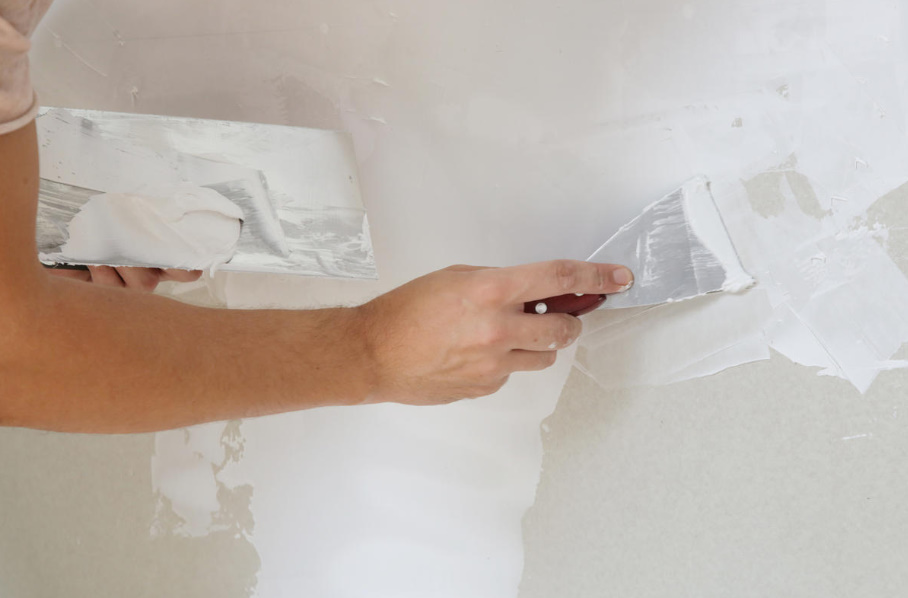
As a rule, these types of material are used in pairs: first, the starting mixture is applied, and then, on top of it, the finishing one. Even when working with drywall, it is better to use both: seal the seams with a starting putty, and treat the remaining surface with a finishing one.
Polymer-based formulations
They are needed for the final treatment of walls and ceilings. They are applied to the surface with a layer of 0.2 to 3 mm and used in preparation for painting.
How to prepare the mixture
If you have purchased dry putty, then it must be properly kneaded. When mixing, the appearance of lumps, stratification of the mixture and bubbles should be avoided. The finished solution should be homogeneous and not too liquid. Be sure to read the manufacturer’s recommendations regarding the proportions of water and dry mixture.
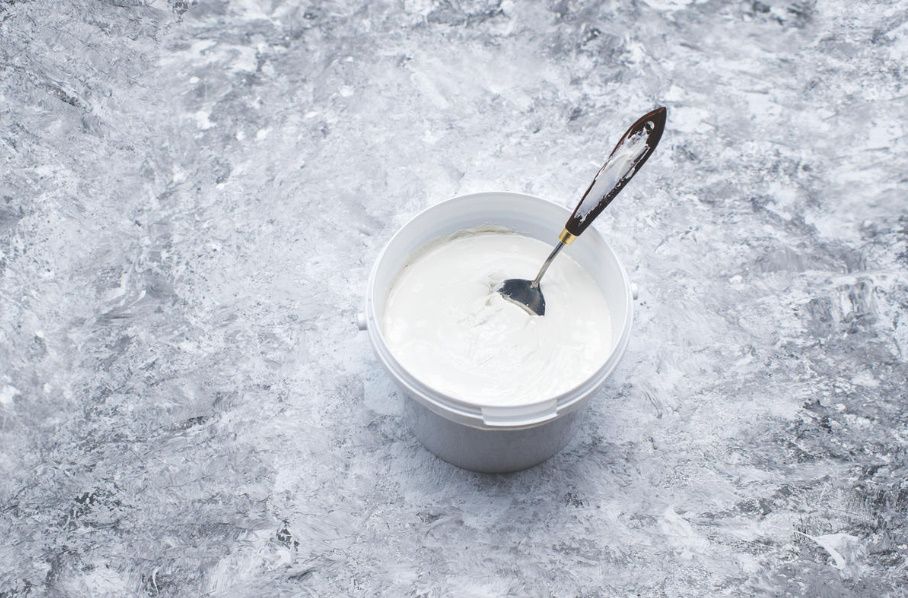
We must not forget that the putty seizes quickly: if it hardens, it is no longer possible to work with it. Adding water and intensive stirring will not give a result. In order not to waste the mixture in vain, it is necessary to knead only a small amount of it.
Cement putty does not thicken for about two hours, the time of using the gypsum mixture is from 30 to 50 minutes, and polymer putty for ceilings retains plasticity for several days if it is in a tightly closed container.
Which putties are better
Of course, it is advisable to purchase putty mixes of well-known brands. Although their cost is higher than that of “non-branded” products, but the quality is excellent. They are easy to knead, easy to apply, they hold perfectly on the surface, do not crack and serve for a long time.
You can store the purchased mixture only in its original packaging, and you need to use it immediately after opening. If, after finishing the work, some part of the material remains unspent, close the container (bag) tightly and put it in a dry place.
It should be remembered that the putty can not be kept on the ground, and where it is stored (in the garage, in a warehouse, or on the balcony) there should be good air exchange. Avoid rooms with high humidity and low temperature — the mixture may freeze or become covered with mold.
When storing the finished solution, experienced craftsmen advise to cover it with plastic wrap on top, and if the bucket is less than half full, pour 50 ml of water over the film. This does not allow the mixture to dry quickly, but only on condition that the packaging is sealed. Before use, drain the water and mix the putty.
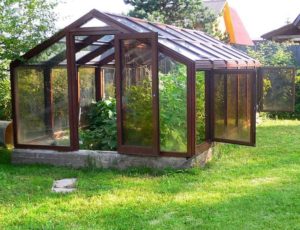

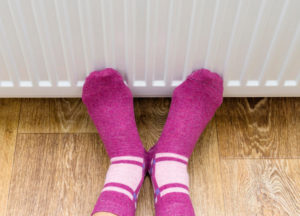
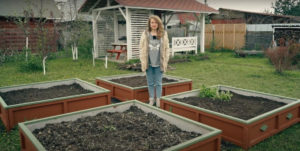
Leave a Reply